Advice from a Loon
Spend time at the lake
Enjoy a good swim
Call your friends
A little color goes a long way
Surround yourself with beauty
Enjoy time alone
Dive into life!
–Ilan Shamir, Your True Nature
We were fortunate to spend time at the lake not long ago. Our friends Rick and Lynda called asking for the favor of a little bit of our time and muscle, and in return we got a delicious supper, wonderful company, and a beautiful evening with the Loons. As we pontooned from the dock, puffy white thunderheads were forming behind the trees.
We cruised along the shore where reeds and Yellow Pond Lilies grew and where the evening sun lit up the skeleton bones of an old fallen tree limb.
The lake and sky were calm, the temperature just right, as we floated along discussing the tornado that had torn a path through the trees by the lake a few weeks prior.
We enjoyed the beauty of the billowing clouds and the rippling reflections in the blue lake.
We saw the resident Loons gliding through the water. Minnesotans love their Loons, naming them the State Bird and emblazoning their image on countless souvenirs. They have distinctive black and white summer feathers and red eyes which help them see underwater. They have four distinct calls that are used to communicate–tremolo, wail, hoot, and yodel. (Listen here.)
Loons, unlike most birds, have solid bones to help them dive deeply into the water to search for food. They are amazing swimmers, torpedo-like when underwater as they chase and capture their favorite sunfish and perch. They can stay underwater for up to five minutes and will emerge far from their diving point.
Nests are built by the male and female in a quiet, protected area of reeds and grasses. Their legs are set far back on their bodies, making them awkward on land, so nests are situated very close to the water. One or two eggs are laid and incubated for 28-30 days. The chicks are ready to swim almost immediately and will ride on their parents’ backs to stay safe from turtles and fish. Loon parents and two chicks can eat about half a ton of fish over a 15-week period!
In September the adults travel to their winter homes along the southern Atlantic coast or Gulf of Mexico. The juveniles will gather together and fly to wintering grounds a month or so later. Loons need 100-600 feet of runway in order to take off from a lake, but once in the air, they can fly 75 miles per hour. The Loons of Goodners Lake were undisturbed by our boating close by them as they floated in the placid water.
As the Loons swam off into the brilliant sunset, we headed for the dock. With the water reflecting and amplifying the sunset sky, a little color does indeed go a long way.
Many of Minnesota’s ten thousand lakes are home to the uncommon beauty of the Common Loon. Their haunting calls, like a wolf’s howl, invoke a peaceful wildness in one’s soul. It is a privilege to spend time at the lake with friends, a privilege to witness so much beauty in such a short time and in one snapshot of space on this abundantly beautiful Earth. Take advice from a Loon–call your friends, spend time at the lake, surround yourself with beauty, and dive into life!
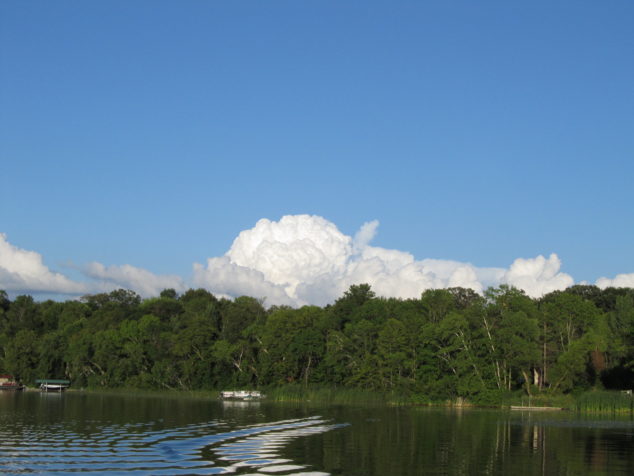
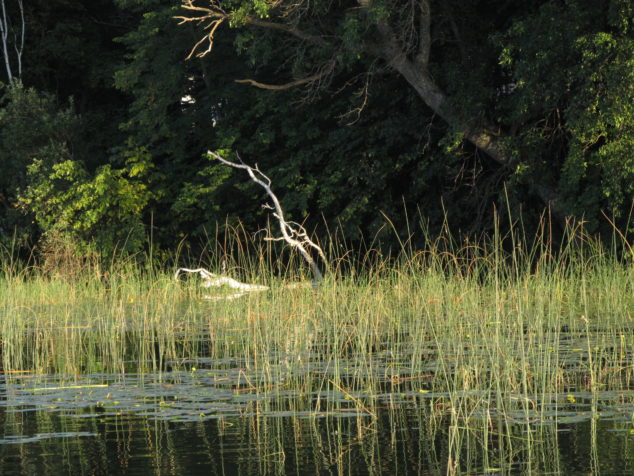
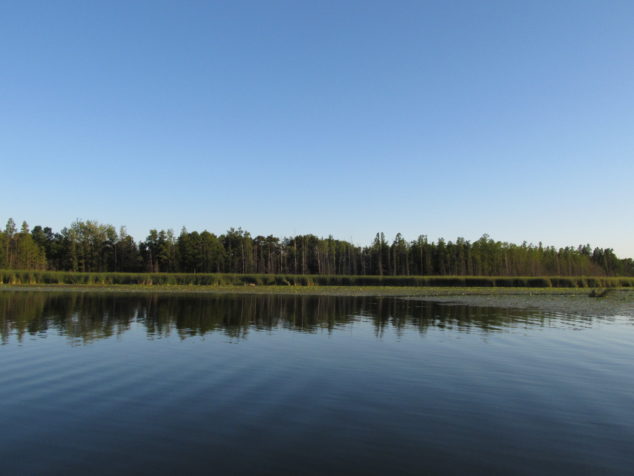

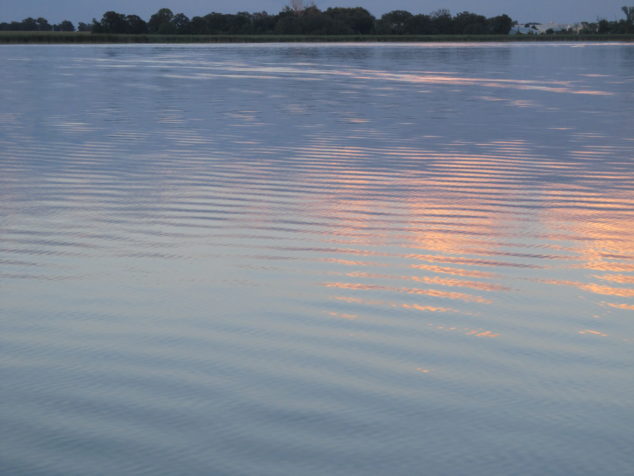
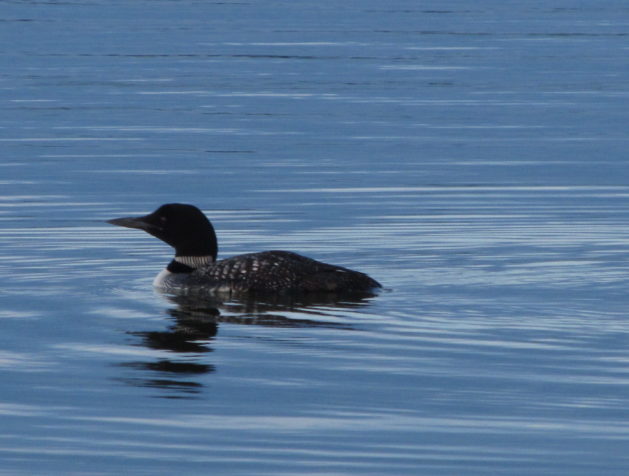
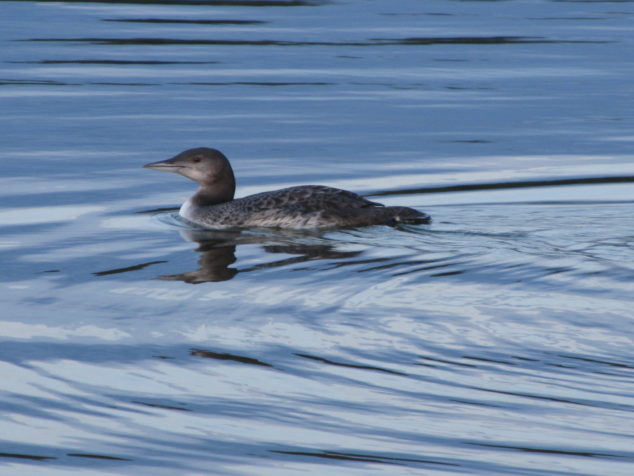
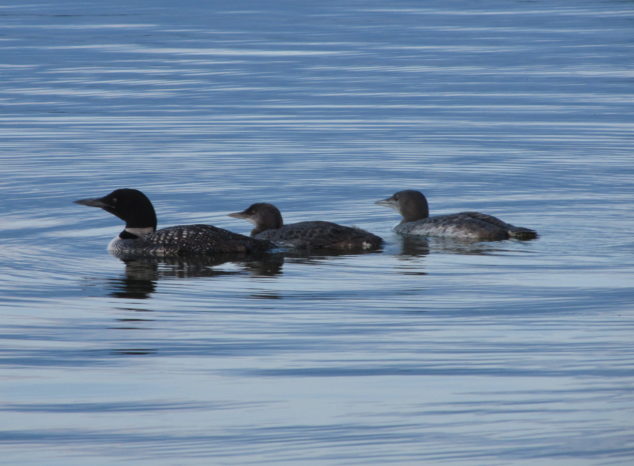
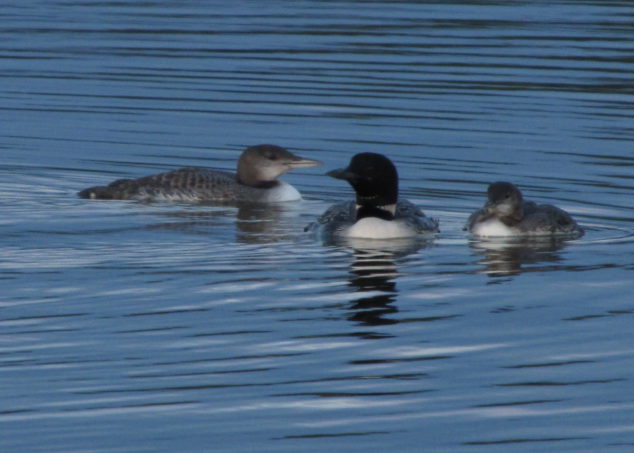
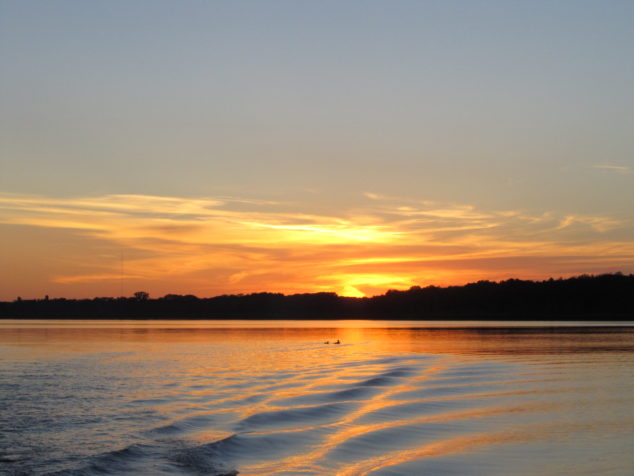
Leave a Reply